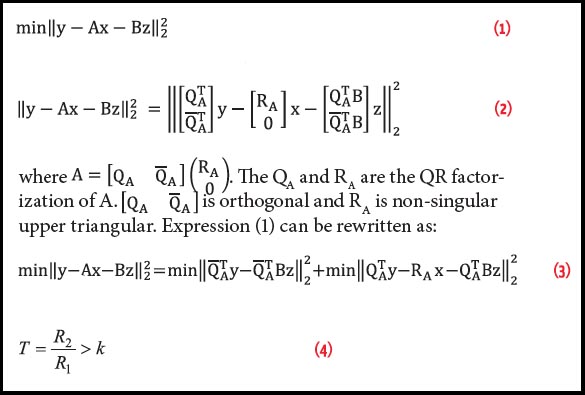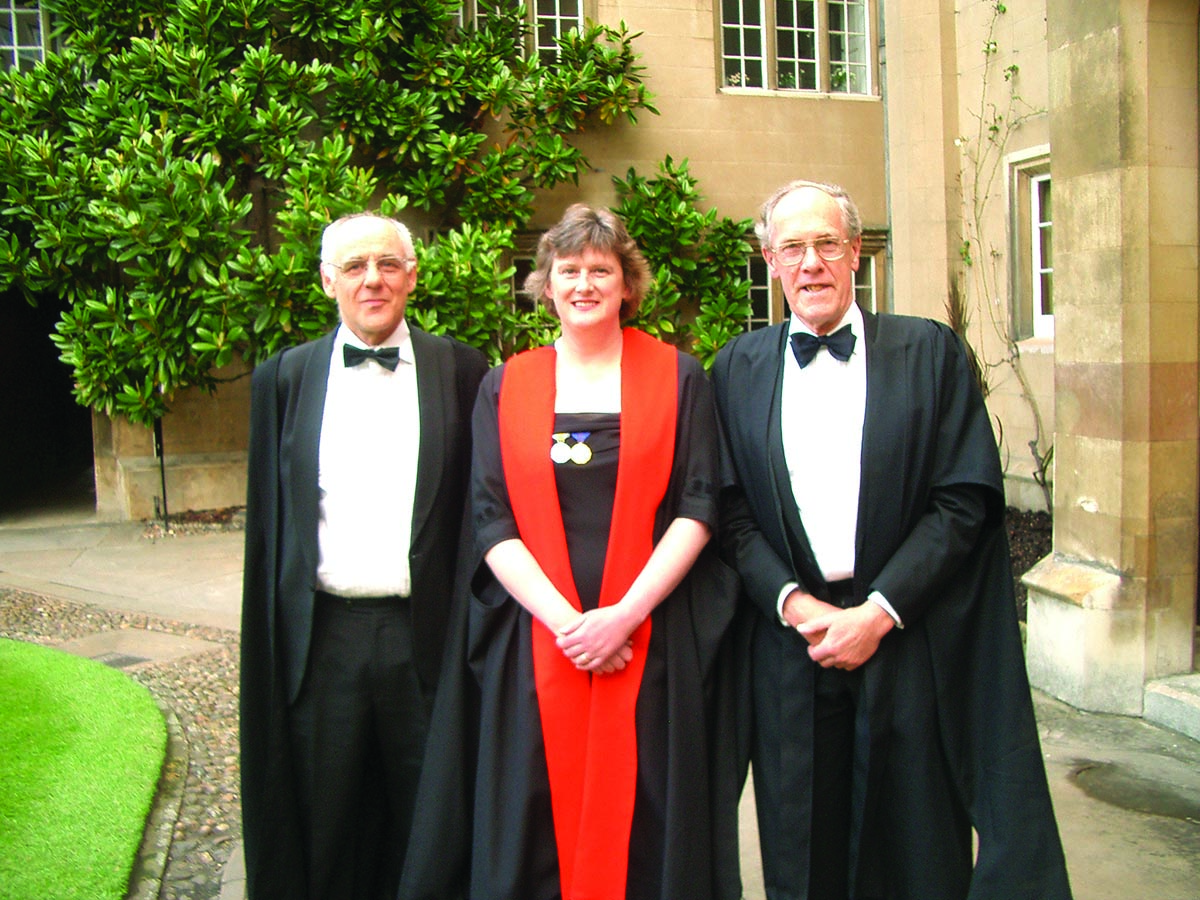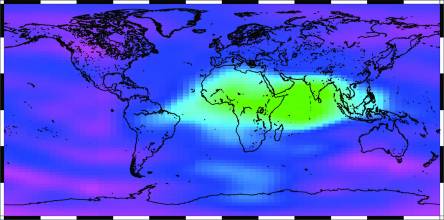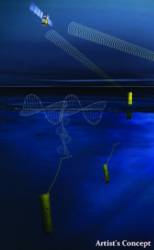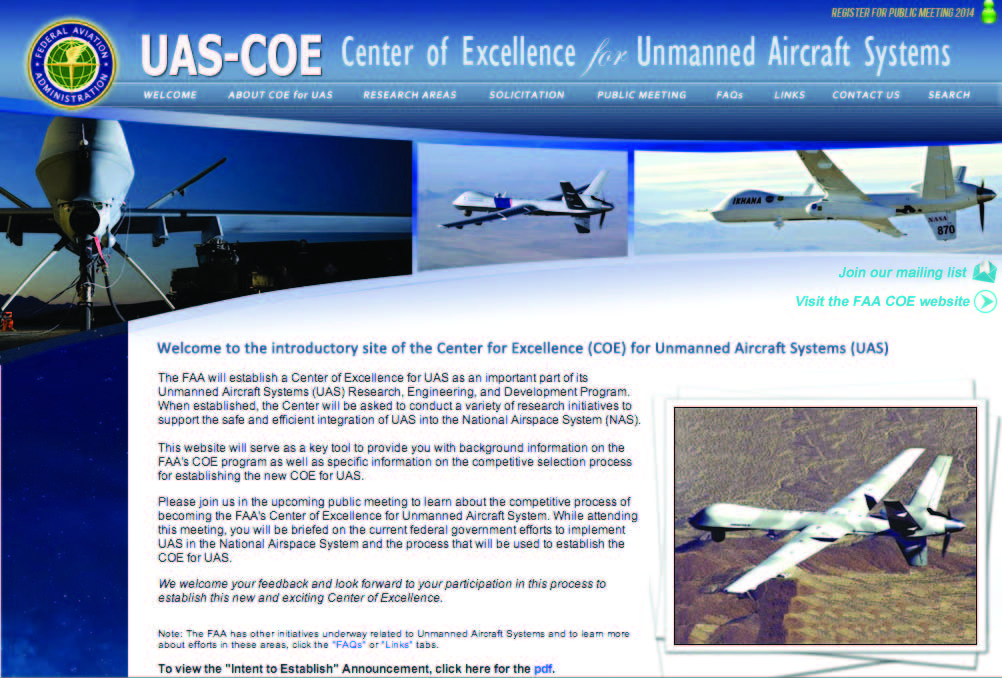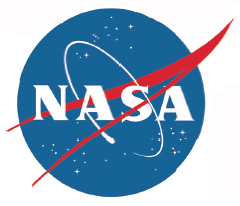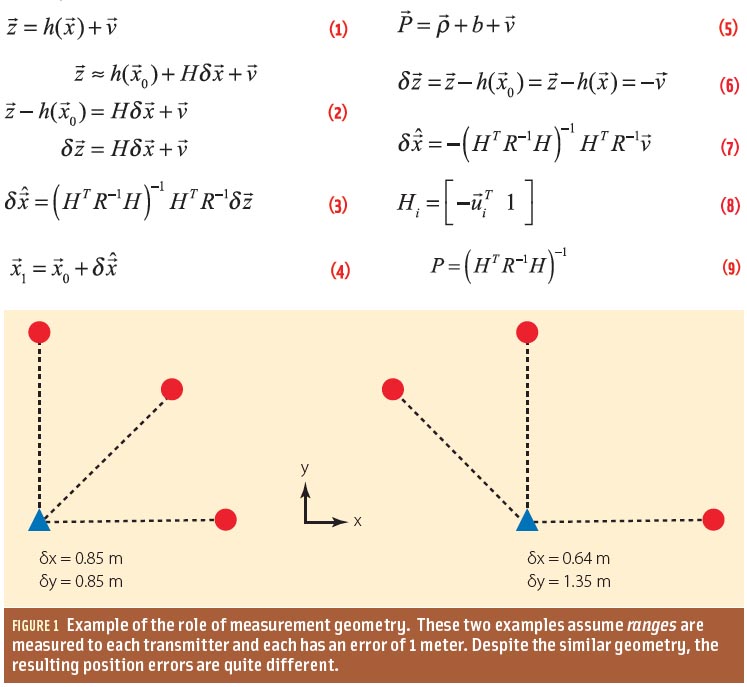OCX Program Restructured, Delayed Again
Editor’s Note: An exclusive interview with Gen. Hyten is available here with more details.
Details are emerging about another restructuring of the contract for the new GPS ground system, a deal that pushes completion of the project back another two years and recasts the remaining work to fit within the Air Force’s strained financial profile.
By Dee Ann Divis

